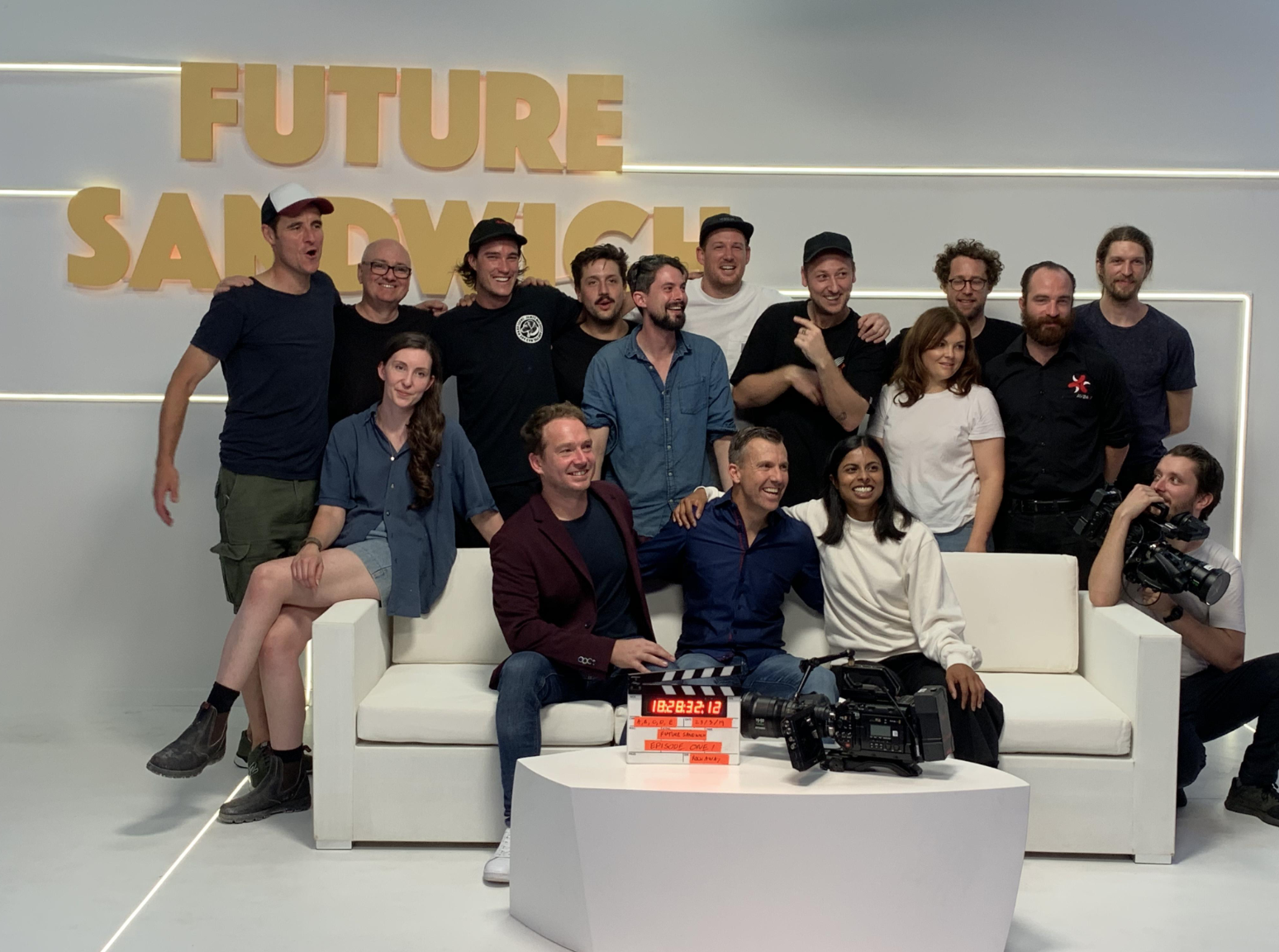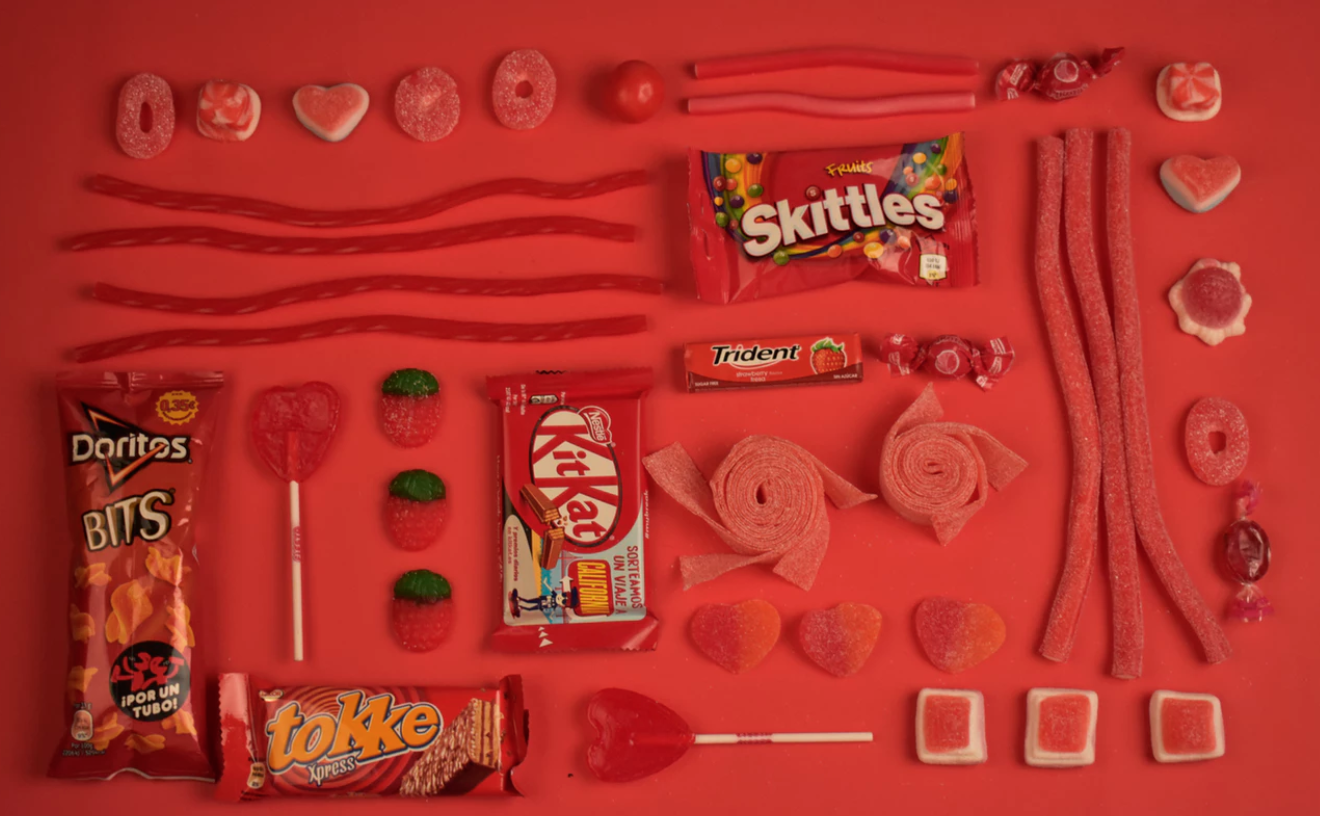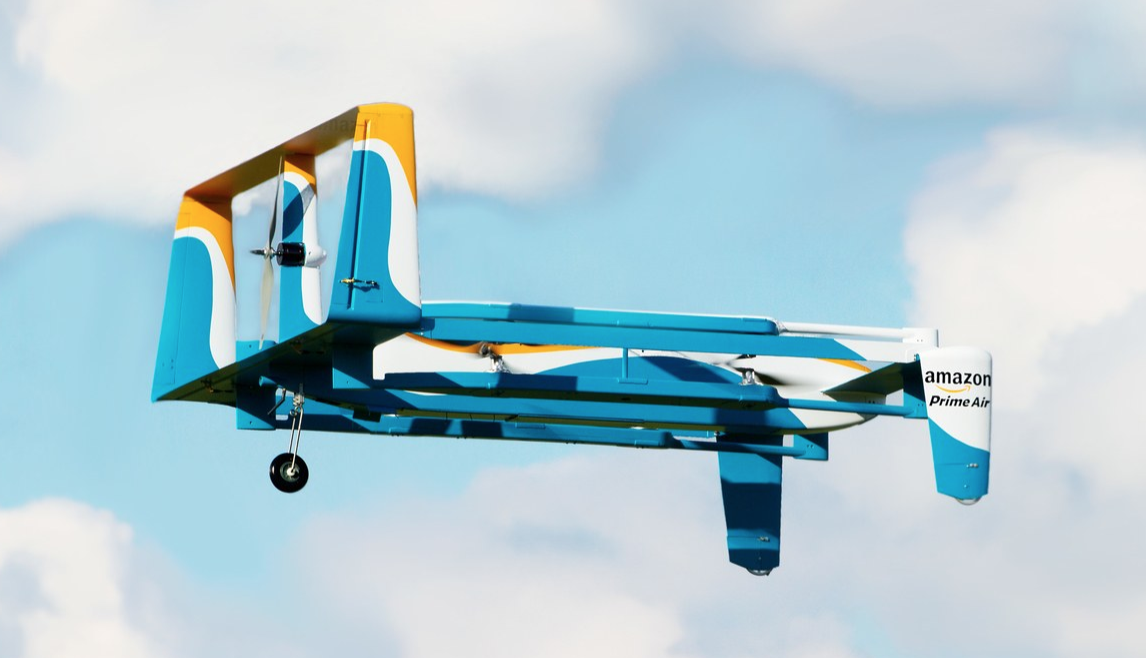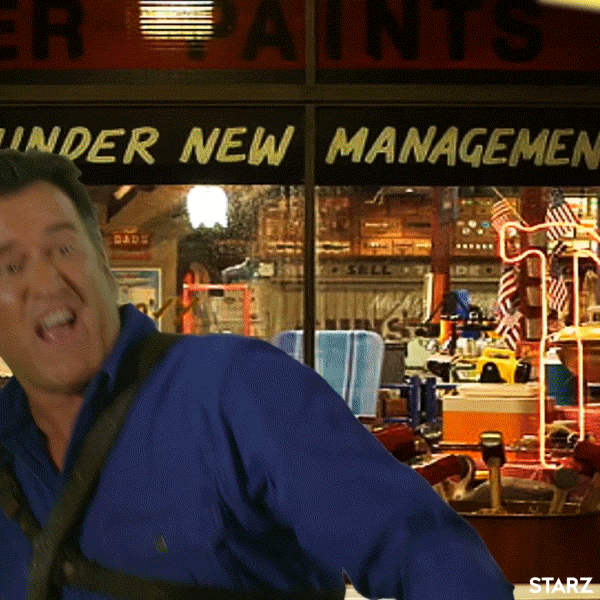
Sometimes we look at the world and ask why a certain thing doesn’t exist. We wonder why all the current options are so terrible. Especially when the thing that doesn’t exist is at the centre of a massive change that’s happening. That’s how I feel about Free-to-Air TV in Australia at the moment. Here we are living through the greatest technological shift the world has ever seen, and not one television program is focused on it. Currently there is a giant gap in the market. But more importantly, there is also a market in that gap. People have never been more curious about technology as they are now in my entire life – and I should know, I’ve been a tech nerd since way before it was trendy. Further proof lies in the millions of views technology videos get in Australia on YouTube and streaming channels like Netflix.
At the end of last week’s post, you may have noticed it had a micro rant about people wasting their time watching reality TV shows that rob them of their intelligence. But there’s no point ranting unless you’re prepared to do something to change it. And that’s exactly what I’m doing.
On Saturday I brought to life a new TV project, which will give to those curious about the future something worth watching. We shot the pilot for a new show we are calling Future Sandwich.
What is it? It’s a TV show which serves up the future in small tasty bytes (see what I did there?). Oh, and this thing ain’t no cooking show. It’s the show our country actually needs which will inspire kids and adults alike to get excited about the opportunities new technology brings to our lives, work, the economy and a thriving future we can all believe in. Future Sandwich was originally a podcast I was involved in that we’ve taken to the next level. And to keep things true to the show title, every episode (ten in season 1) starts with the humble sandwich being used to explain the topic in a simple way we can all comprehend.

To get it to this stage, we took a pretty big risk. We did this because we believe in it and actions speak louder than words. Sometimes you’ve gotta just make something if you think it is going to work. It’s not about formal research, it’s not about getting anyone’s approval, and you won’t find this advice in a text book or a spreadsheet.
My partner for the show Tommy McCubbin and I think we are onto something and we are prepared to risk losing the game in order to win it. We invested in ourselves and funded the pilot with our own money. No venture capitalist required, because we are real entrepreneurs. We have skin in the game. It’s ironic given that is what the show is about – inventing the future – and we want to invent ours by showing everyone theirs.
The lesson here is simple: if the market isn’t serving up what you need, then maybe it’s a sign you should go out there and make it.





